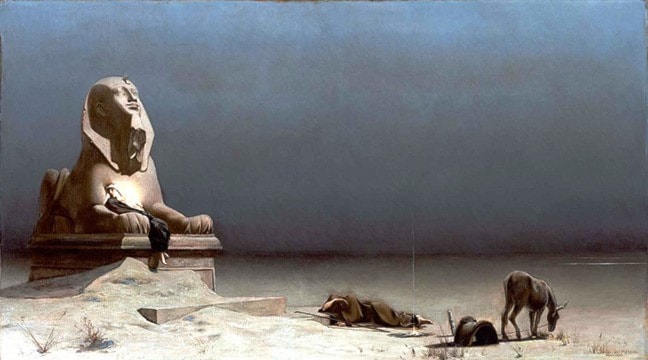Yme Woensdregt
Here's a new word for this week, and also for the foreseeable future: xenophilia. It comes from two Greek words — xenos, meaning "stranger"; and philia, meaning "brothery love" or "familial affection." Xenophilia thus means to show love for the stranger. It is at the heart of hospitality.
The opposite is xenophobia, meaning "fear of strangers." We've seen striking instances of xenophobia in the idiotic comments of America's Clown-in-Chief Donald Trump in his comments that the US should ban all Muslims, and also in his desire to build a huge wall on the border with Mexico. This kind of ugly sentiment is based in fear and leads to atrocities of all kinds — ethnic cleansing and holocausts are all based in this kind of fear.
For followers of Jesus, xenophilia is not an option. Hebrews 13: 2 reads "Do not forget to show hospitality to strangers, for by so doing some people have shown hospitality to angels without knowing it." As followers of Jesus, we are to be an open–hearted and open–handed people, showing hospitality and grace and compassion to all.
It reminds me of one of my favourite Advent/Christmas paintings, Luc Olivier Merson's "Rest on the Flight into Egypt" (1897).
This painting speaks to me on a bunch of different levels. It's a haunting scene, full of fatigue. The holy family is displaced; they are refugees fleeing the violence of Herod and the Roman Empire, like so many people in the world today. As we are drawn into the scene, we remember that in welcoming refugees, we welcome the Christ.
Joseph is exhausted, asleep on the desert floor beside a dying campfire. One can imagine the mental and physical strain he is under trying to get his family to safety, hoping for welcome and protection in a foreign land. The donkey looks for something to eat, anything at all.
But will these refugees fleeing violence find that welcome and protection when they arrive at the borders of that foreign land? Or will they face hostility, paranoia and rejection?
Will the Christ child be turned away by immigration control?
Mary and the baby are asleep in the arms of the Sphinx, whose eyes are turned upwards, towards the heavens where the first stars are beginning to appear. The baby is the only source of light in the painting.
"Rest on the Flight into Egypt" depicts, from the very beginning of his life, the homelessness of the Messiah. God is a refugee, an immigrant, a stranger in a strange land, a person of exile displaced by violence. "Foxes have holes, and birds of the air have nests; but the Son of Man has nowhere to lay his head" (Matthew 8:20).
This Christmas season is a time for us to remember that we are bound by the imperative to welcome the stranger and care for the vulnerable. May your heart, like the Grinch's, grow three sizes and may you grow ever more xenophilic this season and throughout your life.
Yme Woensdregt is Pastor at Christ Church Anglican in Cranbrook
